Pirna – Sonnenstein
Schloss Sonnenstein was a mental hospital since 1811. In fact, it was the first mental hospital dedicated to treatment and not just to internment of what was then classified as mentally ill people (the definition varies between different time periods). Sonnenstein has gone down in history as one of the six official euthanasia centers established by the Nazis. In the first half of 1940, the T-4 (Nazi codename for the euthanasia program) took over parts of the mental hospital and converted them into an euthanasia center. In the other premises, the previous activity continued, which meant that secrecy was not perfect. From the end of June 1940 to September 1942, at least 15,000 people were murdered in the T-4 program and in the 14f13 program.
The latter meant that prisoners from concentration camps were transported to Sonnenstein to be killed in its gas chamber. The reason the concentration camps sent prisoners to the Euthanasia centers to be killed was because few concentration camps had their own gas chambers during the first years of the war. It was only in 1942 and onwards that concentration camps began to build gas chambers and crematorium. As recently as July 1941, almost 600 Jews and Polish prisoners were sent from Auschwitz to Sonnenstein to be killed. Two months later, Auschwitz deputy commander Karl Fritsch, experimented with Zyklon-B in the basement of block 11. After that, the Auschwitz managment did not have to send prisoners to Sonnenstein to be killed.
The killing process in Sonnenstein was the same as in other euthanasia centers. The patients who were to be euthanized arrived by buses and were led into special reception rooms where they were registered and undressed. The patients then, about 75 at a time walk, entered a gas chamber camouflaged as a shower room. There they were killed with carbon monoxide. After the killing the gas chamber was ventilated and two "burners" emptied the chamber. The bodies was cremated in one of the two furnaces installed for this purpose. Some bodies were first dissected for medical reasons before being cremated. According to statistics from T-4, 13,720 were killed at Pirna-Sonnenstein.
In the summer of 1942, Sonnenstein was decommissioned as a killing center and all technical equipment was dismantled and the entire castle became a military hospital. The T-4 staff at Sonnenstein amounted to about 100 people and out of these, about a third were later transferred to some extermination camp within Operation Reinhardt in the General Government of Poland. After the war, Sonnenstein was used for completely different purposes and the activities of the Nazis fell into oblivion until the fall of the wall in 1989. Only then was a memorial monument set up for the victims. In the early nineties, archaeological investigations were carried out at the former killing center.
Current status: Preserved with museum (1999).
Address: Schlosspark 11, 01796 Pirna.
Get there: Car.
Follow up in books: Friedlander, Henry: The Origins of Nazi Genocide – From euthanasia to the final solution (1995).
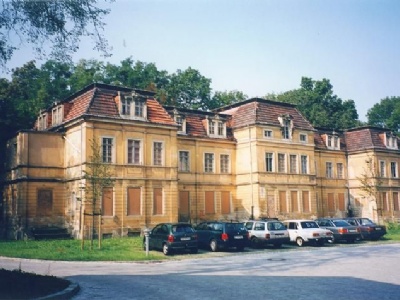
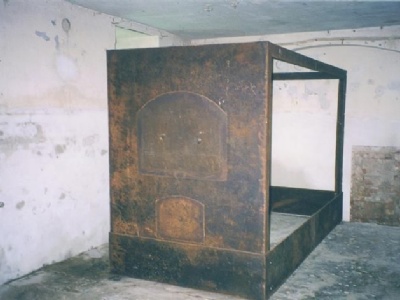
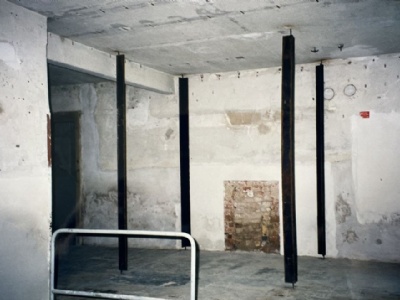
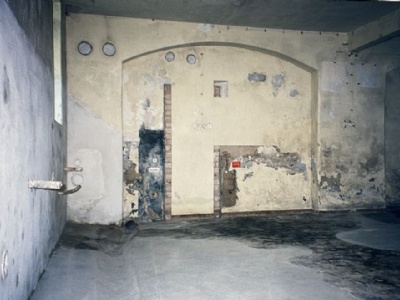
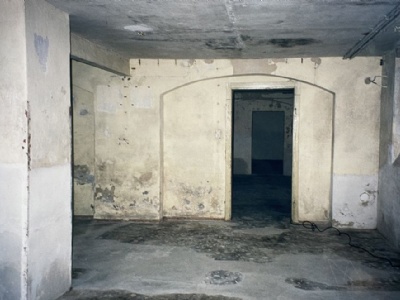
The only thing that separates Pirna-Sonnenstein and other euthanasia centers from the much larger extermination camps was the size of both the killing facilities and the number of victims. The approach was largely the same. But to say that there is a distinct connection between them is not true. They were independent from each other, but timewise they cogged into each other. The dismantling of the T4 and the planning of the first extermination camps took place roughly at the same time, but independently from each other.